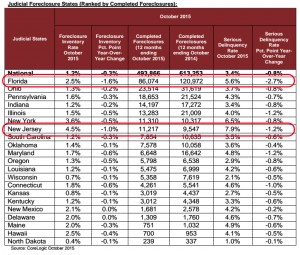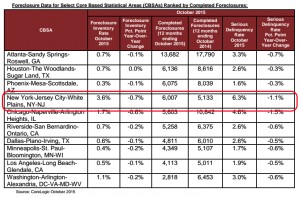Best headline in a long while, from US News:
Old People, Not Millennials, Are Taking All the Apartments
Though millennials often get a bad rap for clinging to rental housing and stubbornly refusing to jump into homeownership, a study released Wednesday by Harvard University’s Joint Center for Housing Studies suggests more than half of renters are actually in their 40s or older.
The study – which extensively details the rental and homeownership trends that have played out in America over more than a decade – challenges the notion that young people are mostly to blame for staggeringly high rental occupancy and historically low homeownership rates across the country. It also casts doubt on whether the housing market has truly recovered from its collapse in the mid-2000s, with so many atypical renters staying away from traditional homeownership.
“In mid-2015, 43 million families and individuals lived in rental housing, up nearly 9 million from 2005 – the largest gain in any 10-year period on record,” the report said. “While households in their 20s make up the single largest share [of renters], households aged 40 and over now account for a majority of all renters.”
Those younger than 30 account for nearly 26 percent of America’s rental market, according to the study. That’s far larger than any other age demographic’s share. But the number of households rented to people younger than 30 has only expanded by about 1 million units over the last 10 years.
For comparison’s sake, the number of units rented to people in their 50s ballooned by more than 2.3 million over the same window, while those occupied by people in their 60s climbed by more than 2 million. Those older than 50 years old accounted for 55 percent of the growth in America’s rental population between 2005 and 2015, compared with those under 30, who accounted for just 11 percent of the gains.
“This growth reflects the aging baby boomer renters (born 1946-1964), as well as declines in homeownership rates among this generation,” the report said. “While the conventional image of renters is groups of young, unrelated adults living together, these types of non-family households make up a relatively small share of all renters, and their numbers have grown only modestly in the past 10 years.”
Overall, the more than 22 million units rented to people at least 40 years of age now account for 51 percent of the country’s rental market, according to the study. Back in 1995, that share was less than 43 percent.
And that demographic shift is taking a bite out of the housing market. The seasonally adjusted national homeownership rate in July, August and September sat at just 63.5 percent, which tied the second quarter of this year for the lowest rate on record dating back to 1980, according to the Census Bureau. Rental vacancy rates, meanwhile, are now “at their lowest point since 1985,” according to the Harvard study.


